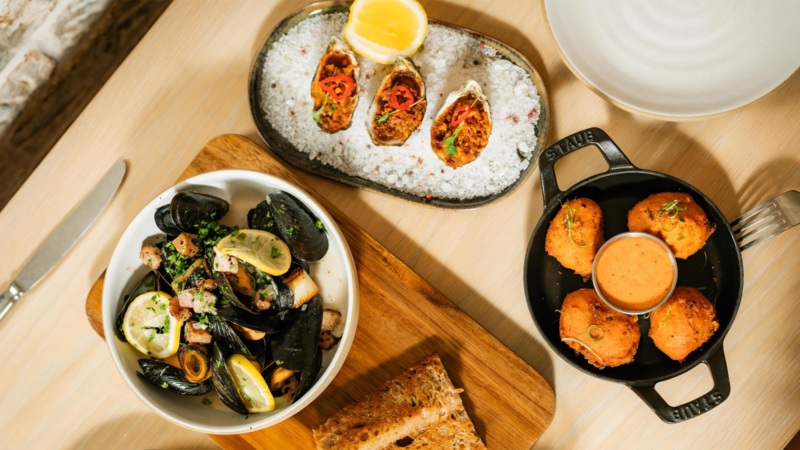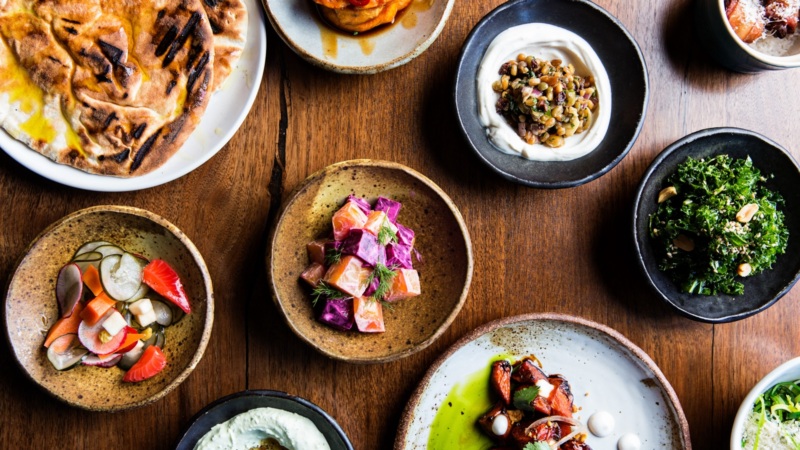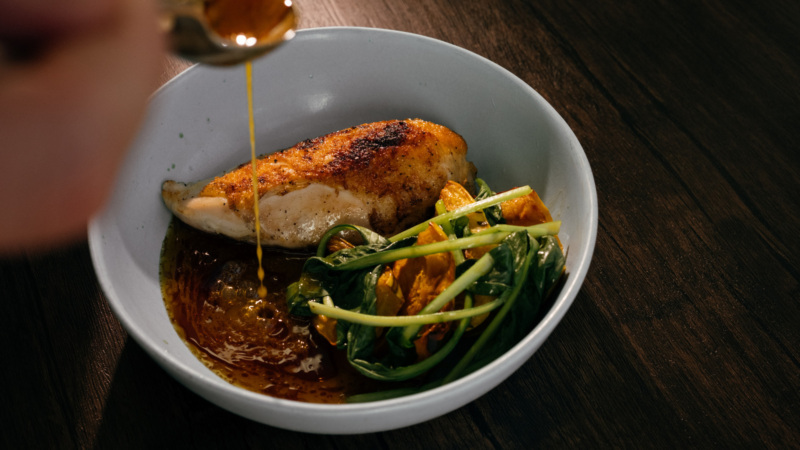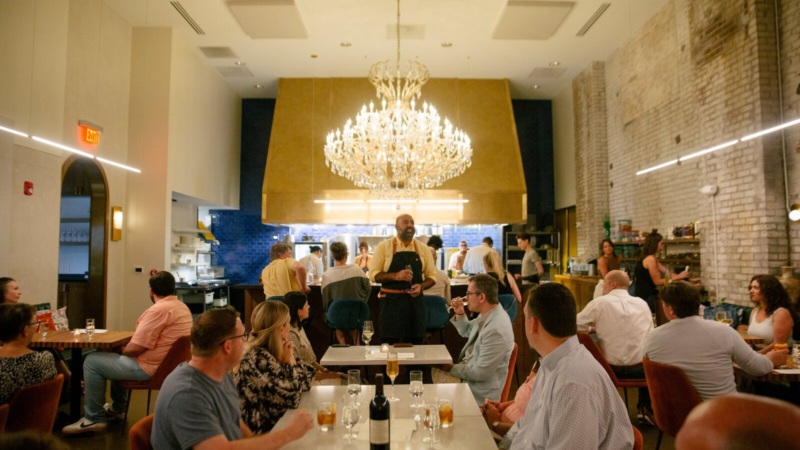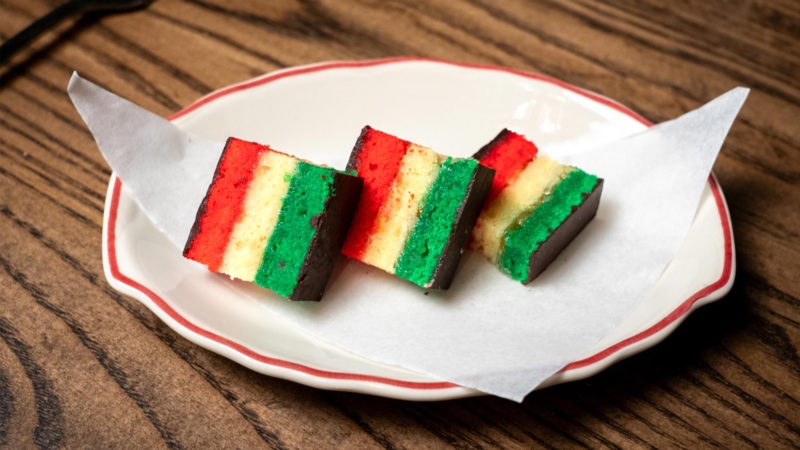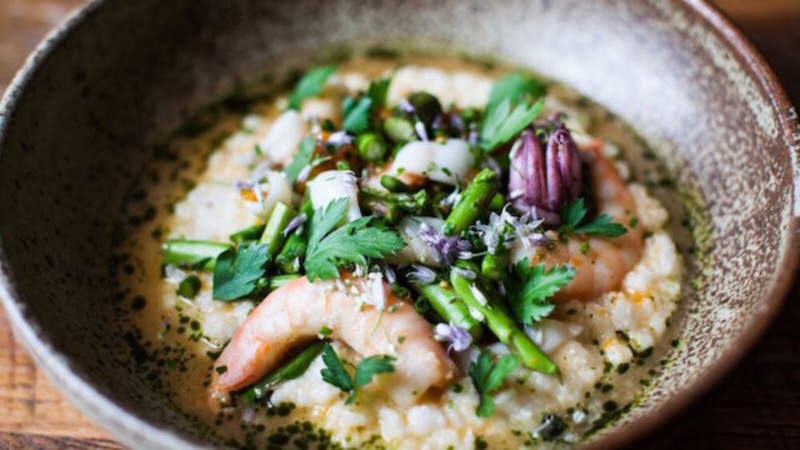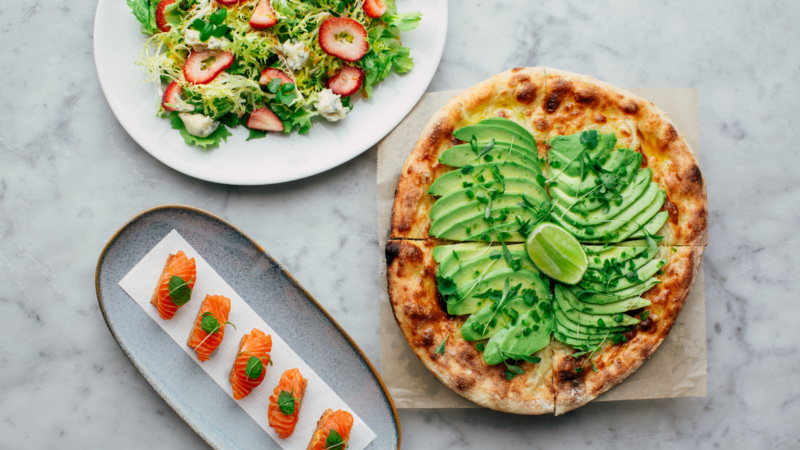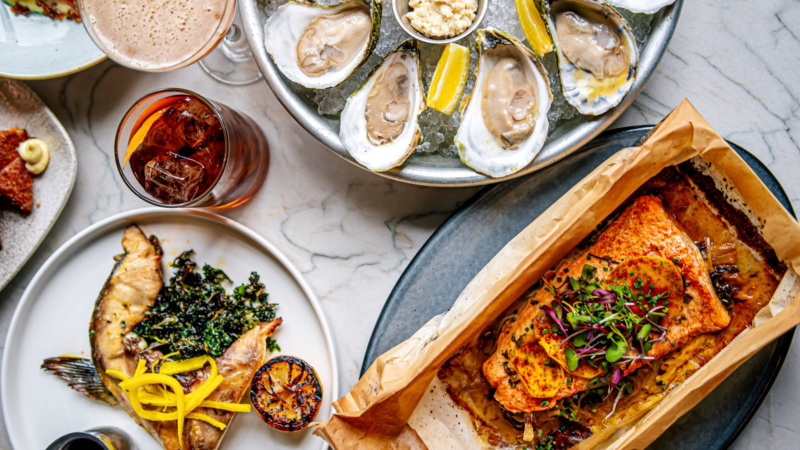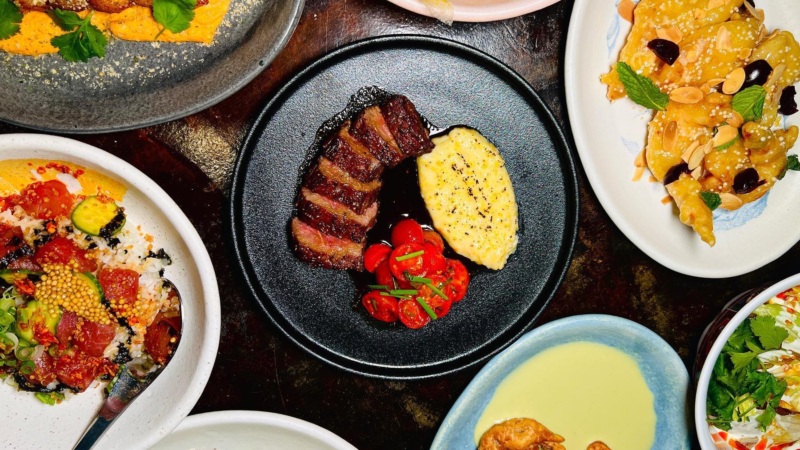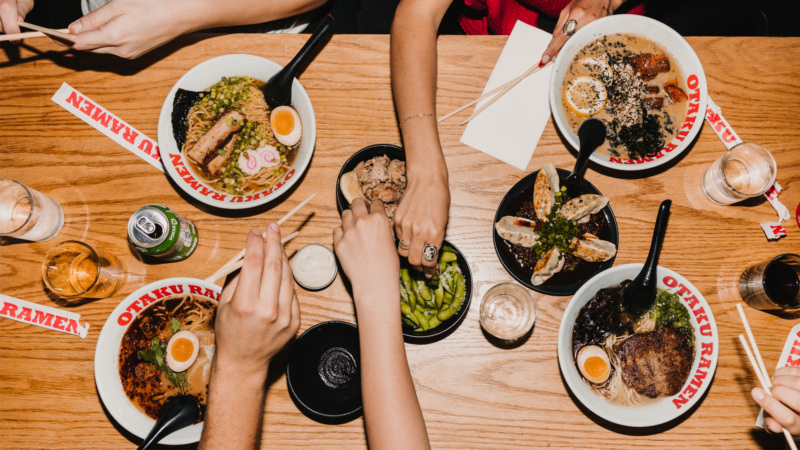
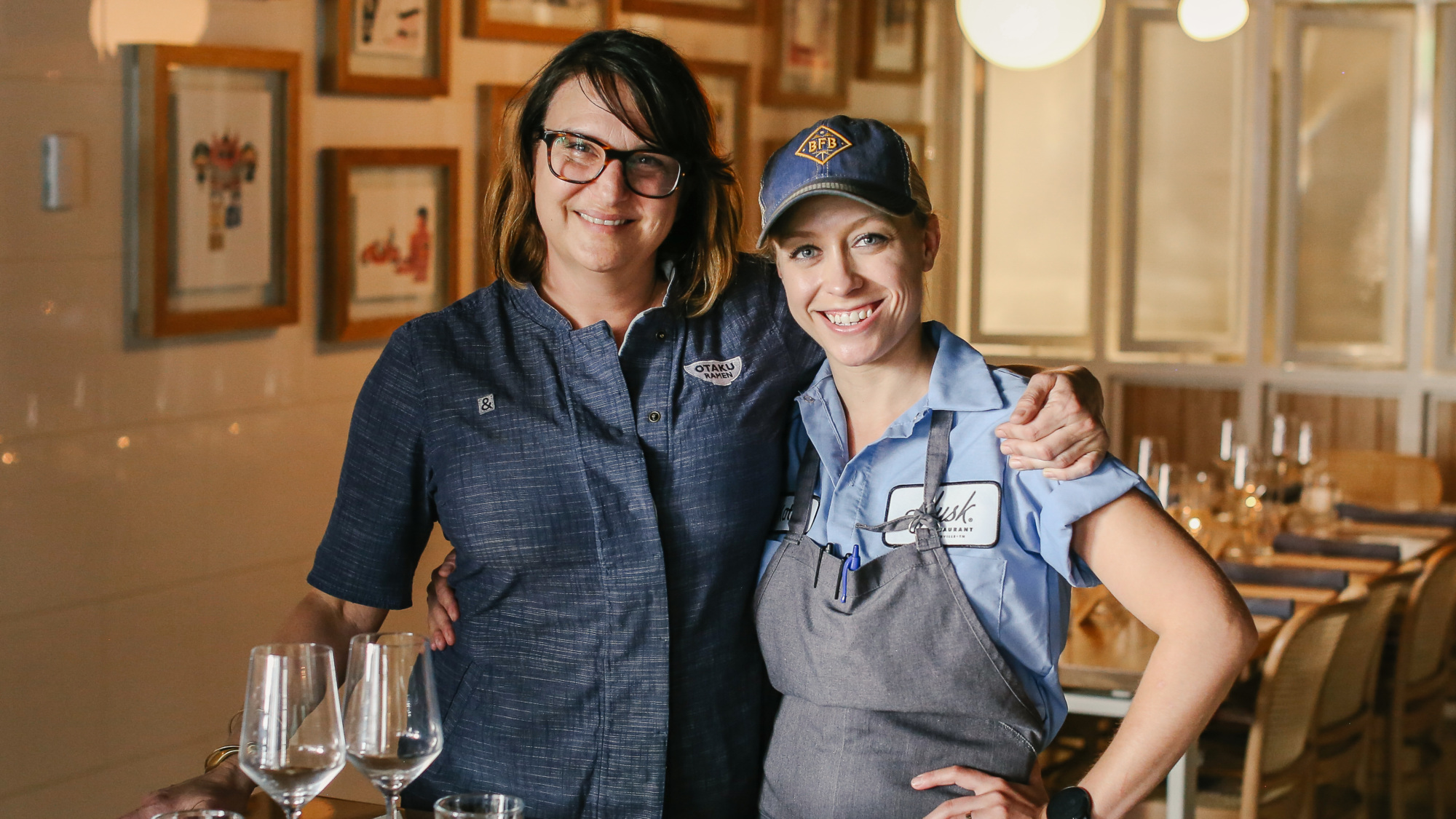
Chefs Sarah Gavigan and Katie Coss Explore The Parallels Between Nashville and Tokyo
Over the course of eight weeks, The Women of Food visited seven cities, and invited thirteen chefs, collaborators, and purveyors to participate in this female-led movement. Together, they used the platform to talk about what it means to be a woman in a male-dominated industry; they gave speeches on building teams, creating safe spaces for creative work, and equipping the next generation with the tools and confidence to succeed.
And yet, the true connective force at each dinner was that each woman had a story to tell. These are the chefs who shaped The Women of Food, and these are their stories.
Los Angeles ∙ Atlanta ∙ Boston ∙ Chicago ∙ New York ∙ Washington, D.C.
That Nashville is on the same latitude as central Tokyo is not common knowledge, but it was a transformational epiphany for Sarah Gavignan, and the parallels between the two cities have become a central theme for the chef.
“I’m always looking at food through that lens,” she says, speaking of the thread between Nashville and Tokyo—tonight included. Katie Coss, executive chef at Husk Nashville, has joined her in the kitchen, and the duo is putting the finishing touches on cocktail hour bites.
“When you grow up in the South,” Gavigan explains, “country ham salad is an eponymous dish on the party table. And I started messing around with bonito, which is a preserved fish that’s shaved in Japanese culture to add this kind of smokiness that is so similar to country ham… [and] benne is basically just the Southern version of sesame seed.”
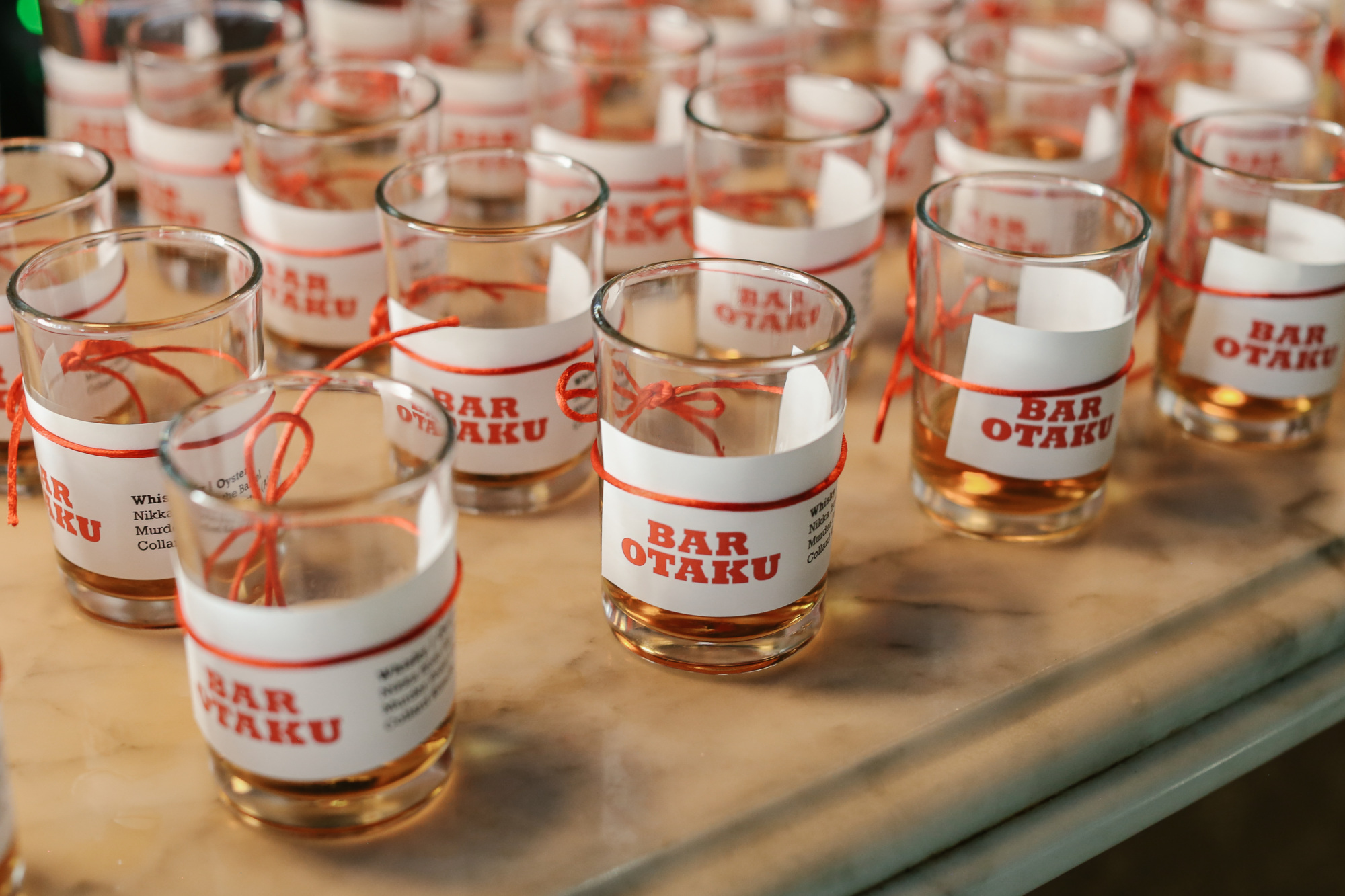
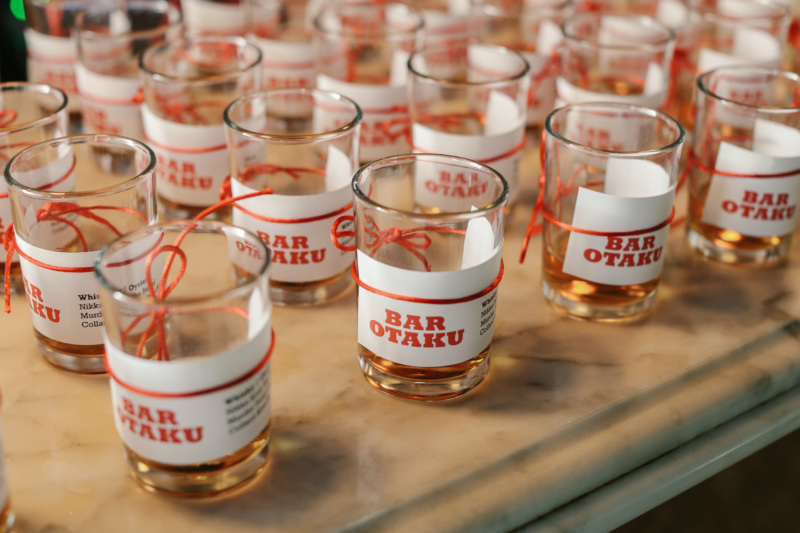
It’s the first time the Bar Otaku chef and Coss have cooked together, but the connection is instantaneous, and it certainly brings credence to Gavignan’s thesis. At Husk, a famed fine dining destination for Southern cuisine, the kitchen relies on traditional Japanese methods to make miso out of local field peas. Together, the chefs use this preparation to craft a dish of catfish kabayaki lacquered with a watermelon-molasses-shoyu glaze, paying tribute to a Japanese staple: unagi don (read: eel over rice).
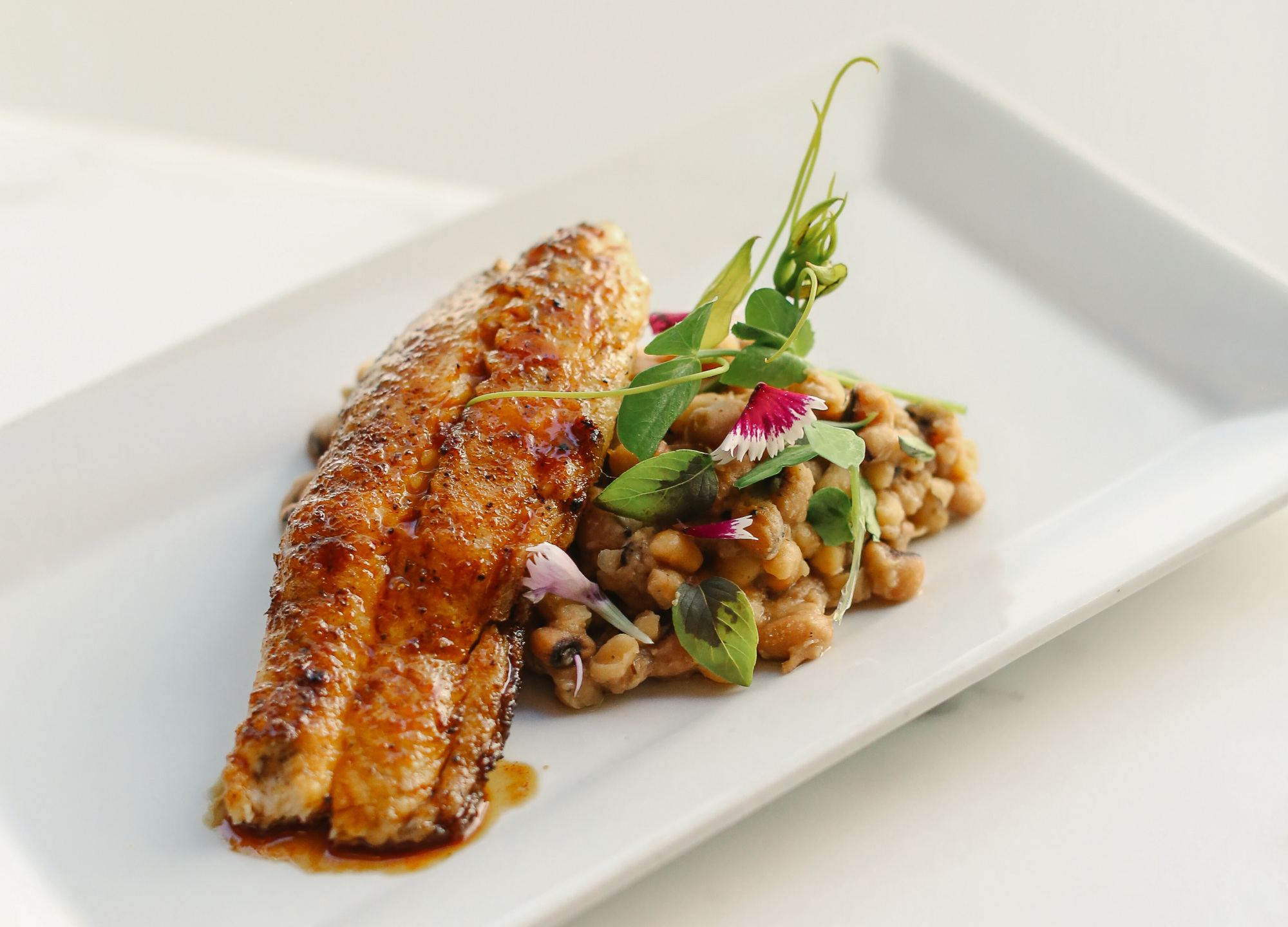
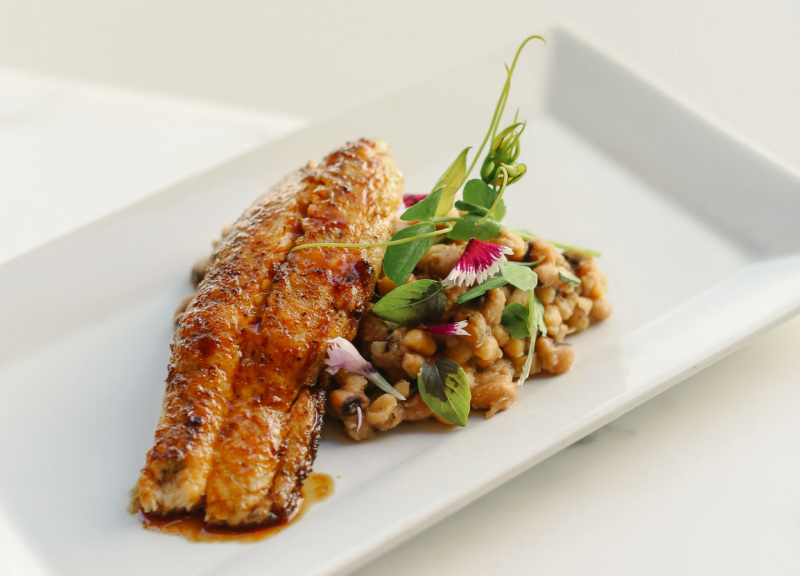
“I wanted to align with [Coss], in particular, for several reasons,” Gavigan shares. Chief among them: recognition. “More people need to know who she is; the connections that [her] restaurant creates for Southern food is really important; and I thought it’d be fun to work with a kitchen as skilled and technically-driven as Husk is, which is very different from [Bar Otaku].” With such thought imbued in the connection between two places and two chefs, it’s no wonder the food hits.
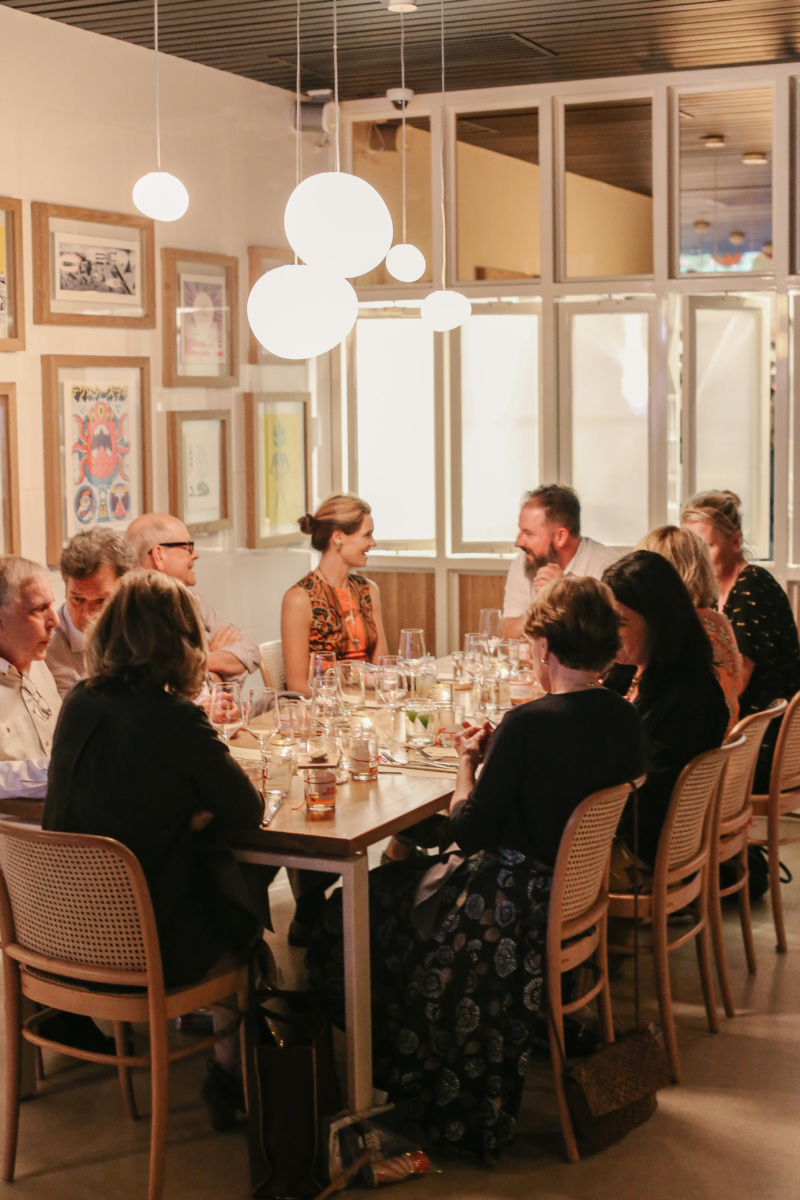

Before the dinner concludes, the evening comes full circle, with a central ingredient to both the Japanese and Southern cuisines drawing the final connection. Each guest is handed a glass of locally-made Belle Meade whiskey to enjoy alongside a white chocolate-and-sake dessert. “Whiskey plays a very big role in both cultures,” Gavigan says. It tastes like perfect sense.
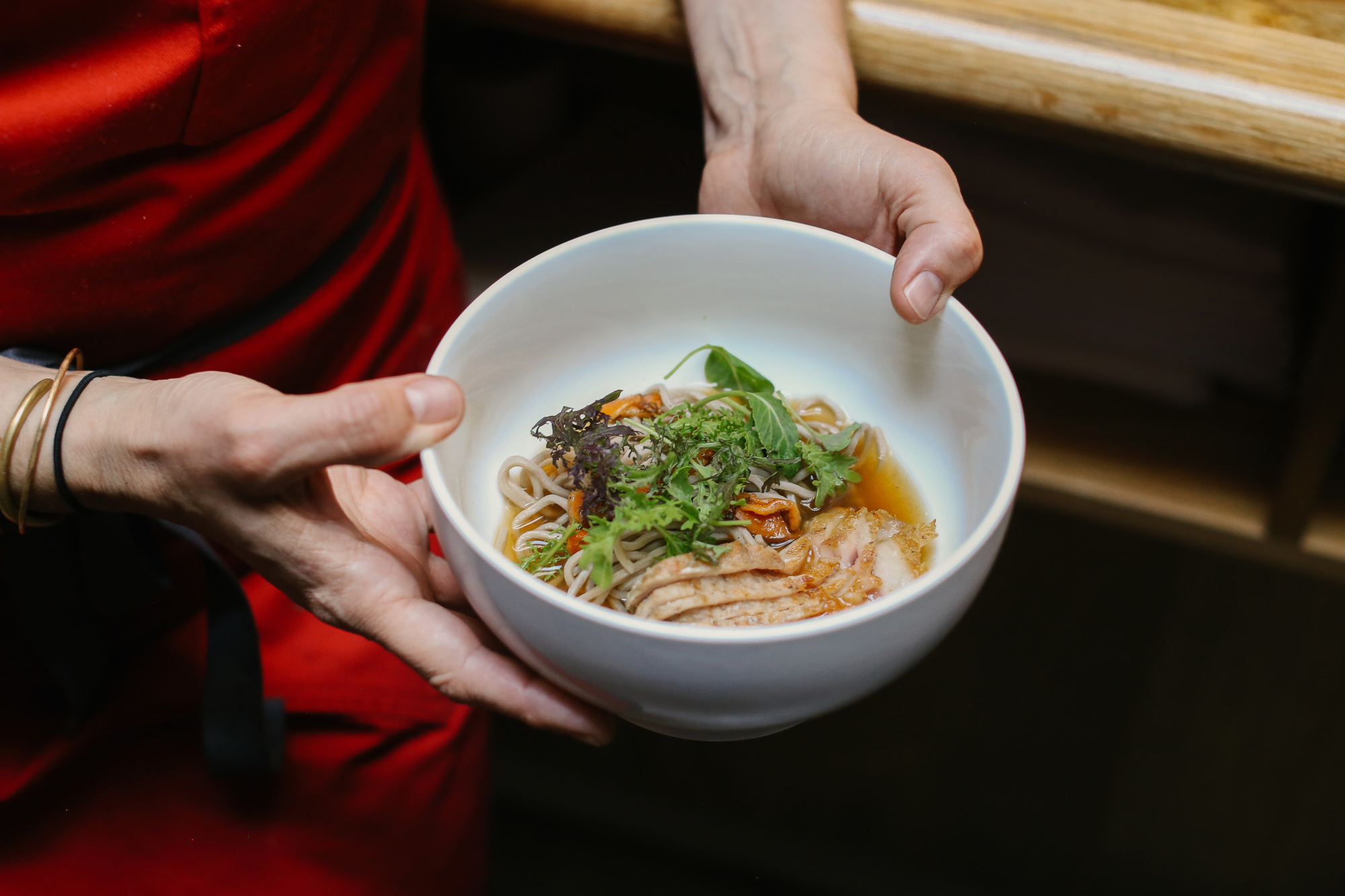
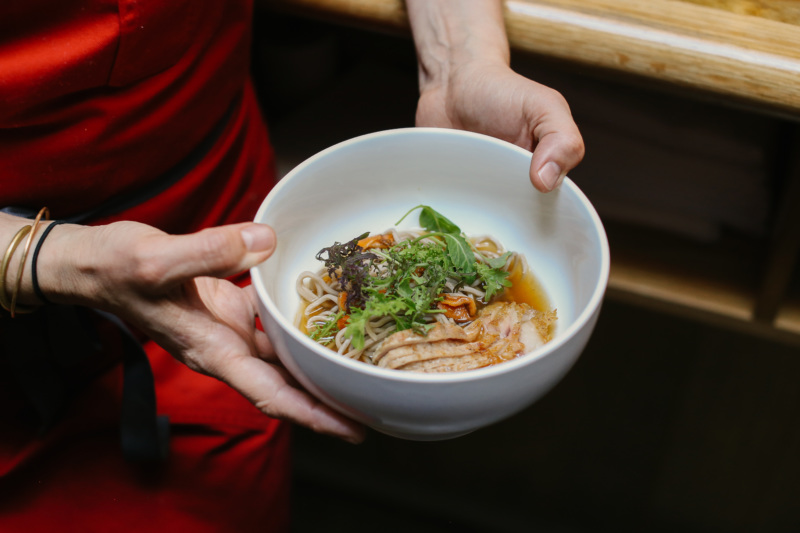
Discover More


